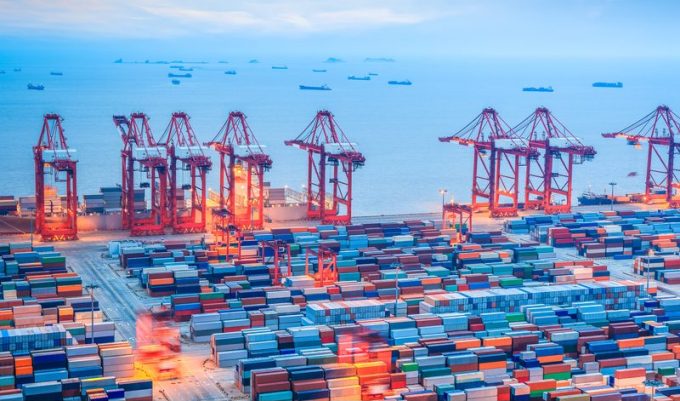MSC switches two more Asia-Europe port calls from congested Antwerp
MSC has decided to switch two more calls out of Antwerp on its Asia-North Europe ...

As Shanghai enters the second week of an indefinite lockdown, ocean carriers are increasingly omitting calls at terminals and preparing to announce more blank sailings.
And, depending on how long the lockdown lasts, the lines may need to look at idling ships for a while.
However, the ...

Comment on this article